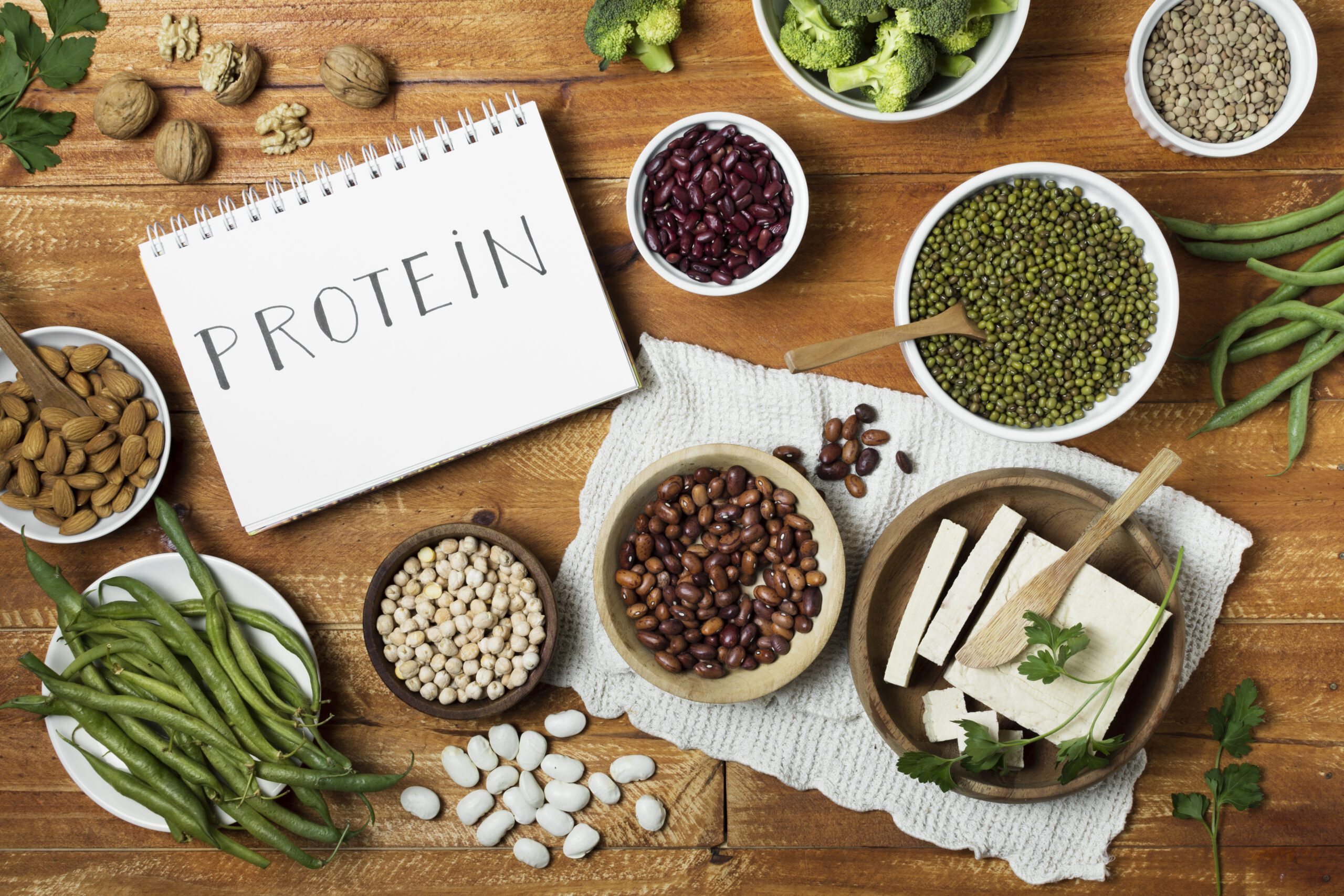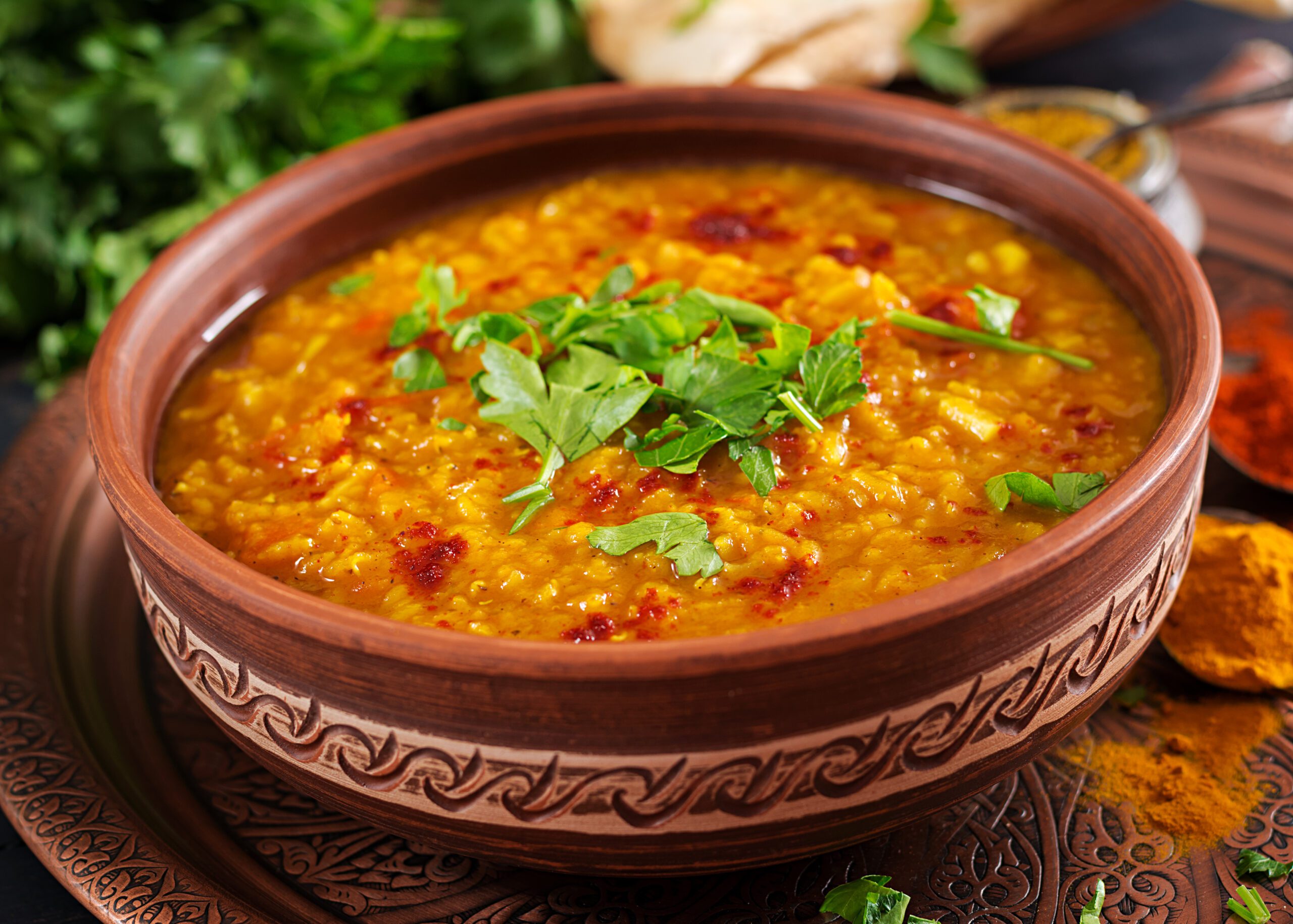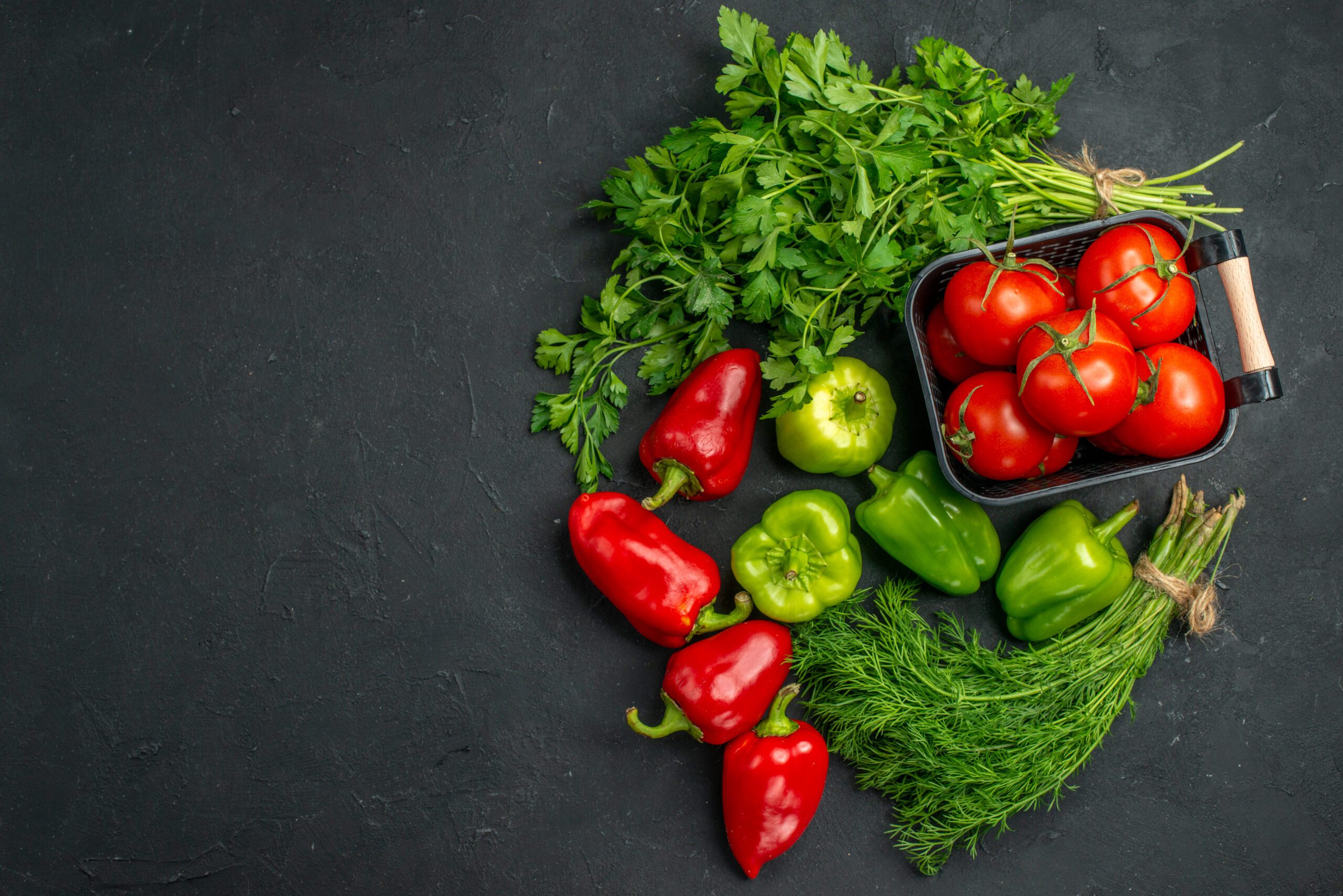Historical Significance Of Ayurveda

Ayurveda is an ancient holistic system of medicine that originated in India thousands of years ago. The term “Ayurveda” is derived from Sanskrit, where “Ayur” means life and “Veda” means knowledge or science. Together, Ayurveda translates to “the science of life” or “the knowledge of life.”
At its core, Ayurveda views health as a state of balance and harmony between the body, mind, and spirit. It recognizes that each individual is unique and that their well-being is influenced by various factors, including their constitution (dosha), environment, lifestyle, diet, emotions, and spiritual beliefs.
History Of Ayurvedic Diet
The history of the Ayurvedic diet is a journey through millennia, steeped in the ancient wisdom of India’s healing traditions. Dating back over 5,000 years, Ayurveda emerged as a holistic system of medicine within the Vedic civilization.
Its roots are deeply intertwined with the spiritual and philosophical teachings of the Vedas, where the concept of balance and harmony in life, including dietary practices, was paramount.
The foundational texts of Ayurveda, such as the Charaka Samhita and Sushruta Samhita, were composed around 2,000 years ago. These texts not only detailed the classification of doshas—Vata, Pitta, and Kapha—but also prescribed specific dietary guidelines tailored to each individual’s constitution.
This personalized approach to nutrition, based on the understanding that every person has a unique balance of elemental energies, remains a hallmark of Ayurvedic dietary philosophy.
What Is The Ayurvedic Diet ?

The Ayurvedic diet is well established in the ancient Indian system of medication known as Ayurveda, which sees food as an amazing asset for advancing wellbeing and balance inside the body. At its core, the Ayurvedic diet is personalized, with people classified into three doshas — Vata, Pitta, and Kapha — in view of their remarkable physical and profound qualities. This personalized approach guides dietary decisions to adjust and harmonize one’s dosha, stressing entire, regular food sources like natural products, vegetables, entire grains, vegetables, nuts, seeds, spices, and flavors.
Central to Ayurvedic dietary principles is the concept of balancing qualities within foods, such as hot/cold, heavy/light, and oily/dry, to ensure they align with an individual’s dosha and maintain harmony in the body Furthermore, Ayurveda puts critical accentuation on stomach related wellbeing, offering direction on ideal eating rehearses, food mixes, and careful eating methods to help powerful processing and supplement retention.
Natural cures assume a fundamental part in the Ayurvedic diet, with a scope of spices and flavors like turmeric, ginger, cinnamon, ashwagandha, and sacred basil utilized for their helpful properties. These spices or herbs are integrated into cooking or taken as enhancements to help different parts of wellbeing, from immunity to stress management.
Types Of Ayurvedic Diet

-
Dosha-Specific Diets:
Vata-Pacifying Diet:
Focuses on warming, grounding foods to balance Vata dosha’s cold, dry, and erratic qualities.
Pitta-Pacifying Diet:
Emphasizes cooling, soothing foods to balance Pitta dosha’s heat, intensity, and acidity.
Kapha-Pacifying Diet:
Highlights light, stimulating foods to balance Kapha dosha’s heaviness, sluggishness, and congestion.
-
Seasonal Diets:
Winter Diet (Hemanta Ritu):
Includes warming, nourishing foods to counter cold and dryness during winter.
Spring Diet (Vasanta Ritu):
Focuses on cleansing, light foods to support detoxification and renewal in spring.
Summer Diet (Grishma Ritu):
Emphasizes cooling, hydrating foods to balance heat and Pitta dosha during summer.
Autumn Diet (Sharad Ritu):
Includes grounding, stabilizing foods to transition from summer to winter.
-
Balanced Diet for Overall Wellness:
Sattvic Diet:
Promotes a balance of all three doshas and supports spiritual growth and clarity. Includes fresh, organic, plant-based foods, and avoids processed or artificial ingredients.
Rajasic Diet:
Energizing and stimulating diet suitable for active individuals, includes moderate amounts of spices, stimulants, and animal proteins.
Tamasic Diet:
Heavy and dulling diet, best avoided as it may lead to imbalance and lethargy. Includes processed, overcooked, or stale foods.
-
Therapeutic Diets for Specific Health Conditions:
Digestive Health Diet:
Focuses on easy-to-digest foods, herbal teas, and digestive spices to support gut health and agni (digestive fire).
Detoxification Diet (Panchakarma Diet):
Involves a cleansing diet with light, nourishing foods to facilitate detoxification and elimination of toxins.
Weight Management Diet:
Tailored diet plans based on dosha balance, metabolism, and lifestyle factors to support healthy weight management.
Skin Health Diet:
Emphasizes cooling, hydrating foods, and skin-friendly nutrients like antioxidants, omega-3 fatty acids, and vitamin-rich foods to promote radiant skin.
Heart Health Diet:
Includes heart-friendly foods like whole grains, fiber-rich foods, lean proteins, healthy fats, and herbs/spices to support cardiovascular health.
Joint Health Diet:
Focuses on anti-inflammatory foods, omega-3 fatty acids, turmeric, and ginger to support joint mobility and reduce inflammation.
Understanding Of doshas
To understand the concept of Ayurvedic diet , firstly you have to understand the concept of Doshas , which is discussed below:
-
Vata
Vata as the energy of movement and change. It’s like the wind—light, quick, and always on the go. People with a dominant Vata dosha tend to be creative, energetic, and adaptable. However, when Vata is out of balance, they may feel anxious, scattered, or have trouble sleeping.
-
Pitta
Pitta is like the fire within us—it’s all about transformation and digestion. People with a dominant Pitta dosha are often ambitious, focused, and have strong digestion. When Pitta is excessive, they may become irritable, perfectionistic, or experience issues like heartburn or inflammation.
-
Kapha
Kapha is like the earth and water elements—solid, stable, and nurturing. People with a dominant Kapha dosha are typically calm, grounded, and have strong endurance. However, excess Kapha can lead to feelings of heaviness, sluggishness, or weight gain.
Foods To Eat
-
Vata-Pacifying Foods:
- Warm and nourishing foods like cooked grains (rice, quinoa, oats), soups, stews, and casseroles.
- Root vegetables (sweet potatoes, carrots, beets) and squashes (butternut, pumpkin).
- Moist and grounding fruits like bananas, avocados, and berries.
- Warm spices such as ginger, cumin, cinnamon, and cardamom.
- Healthy fats like ghee (clarified butter), coconut oil, and sesame oil.
- Warm beverages like herbal teas (ginger, licorice, cinnamon) and warm water with lemon.
- Herbs and spices: cardamom, ginger, cumin, basil, cloves, oregano, thyme, black pepper
-
Pitta-Pacifying Foods:
- Cooling and hydrating foods like cucumber, celery, lettuce, and watermelon.
- Sweet fruits like grapes, melons, and pears.
- Bitter and astringent vegetables like leafy greens (spinach, kale, arugula), broccoli, and zucchini.
- Mild spices such as coriander, fennel, mint, and cilantro.
- Healthy oils like coconut oil, olive oil (in moderation), and ghee.
- Cooling beverages like coconut water, mint tea, and diluted fruit juices.
-
Kapha-Pacifying Foods:
- Light and warming foods like cooked grains (barley, millet, quinoa), legumes, and lean proteins (chicken, turkey, fish).
- Steamed or lightly cooked vegetables like asparagus, Brussels sprouts, and cauliflower.
- Fruits with astringent or tart flavors like apples, pomegranates, and berries.
- Spices that are warming and stimulating such as ginger, black pepper, mustard seeds, and turmeric.
- Light and dry grains like buckwheat and amaranth.
- Stimulating beverages like ginger tea, chai tea (without milk), and herbal infusions with warming spices.
Foods To Avoid

-
For Vata Dosha:
- Cold and raw foods, including salads and raw vegetables.
- Excessive intake of dry foods like crackers, chips, and dried fruits.
- Cold beverages and ice-cold water.
- Stimulants like caffeine and alcohol.
- Beans and legumes that may be difficult to digest.
- Bitter or astringent foods in excess, such as cabbage and Brussels sprouts.
-
For Pitta Dosha:
- Spicy foods and hot peppers.
- Sour foods like citrus fruits, vinegar, and fermented foods.
- Excessive salty foods and salted snacks.
- Fried and greasy foods, including deep-fried snacks.
- Red meat and heavy animal fats.
- Alcohol and caffeinated beverages in excess.
-
For Kapha Dosha:
- Heavy and oily foods, such as fried foods and fatty meats.
- Dairy products, especially full-fat varieties.
- Sweet and sugary foods, including desserts and candies.
- Cold and frozen foods, including ice cream.
- Excessive consumption of nuts and seeds.
- Carbonated beverages and excessive salt intake.
Benefits Of Ayurvedic Diet

The benefits of Ayurvedic diet are discussed below :
-
Balanced Doshas:
The Ayurvedic diet plans to adjust the three doshas (Vata, Pitta, Kapha) inside the body. When the doshas are in balance, it advances by and large prosperity, energy, and essentialness.
-
Worked on Stomach related Wellbeing:
Ayurveda places a strong emphasis on maintaining robust digestion (agni). By picking food sources and eating rehearses that help processing, like eating warm, prepared dinners and staying away from contradictory food blends, the Ayurvedic diet can assist with working on stomach related wellbeing .
-
Personalised Nourishment:
One of the qualities of the Ayurvedic diet is its personalised approach. By distinguishing a person’s dosha and fitting dietary suggestions in like manner, the eating routine can address explicit wellbeing concerns, support regular body rhythms, and upgrade nourishing admission.
-
Supports Natural Healing:
Numerous food varieties and spices utilized in the Ayurvedic diet have helpful properties that help regular mending processes in the body. For instance, turmeric is known for its mitigating properties, ginger guides assimilation, and ashwagandha oversees pressure.
-
Holistic Wellness:
Beyond physical health, the Ayurvedic diet promotes holistic wellness by addressing mental, emotional, and spiritual aspects of well-being. Practices like yoga, meditation, and stress management are often integrated into Ayurvedic lifestyle recommendations.
Ayurvedic Diet Recipes
Top 3 Recipes , according to the Ayurvedic diet are discussed below:
1. Kitchari (Vata-Pacifying):

Image source : Freepik
Ingredients:
- 1/2 cup basmati rice
- 1/2 cup split yellow mung beans (or red lentils)
- 1 tablespoon ghee
- 1 teaspoon cumin seeds
- 1 teaspoon mustard seeds
- 1/2 teaspoon turmeric powder
- 1/2 teaspoon ground coriander
- 1/2 teaspoon ground ginger
- 4 cups water
- Salt to taste
Instructions:
- Wash rice and mung beans/lentils thoroughly.
- Heat ghee in a pot and add cumin seeds and mustard seeds. Let them splutter.
- Add turmeric, coriander, and ginger powder. Stir for a few seconds.
- Add washed rice and mung beans/lentils to the pot. Stir well.
- Add water and salt. Bring to a boil, then reduce heat and simmer until cooked (about 25-30 minutes).
2. Quinoa and Vegetable (Pitta-Pacifying):

Ingredients:
- 1 cup quinoa, cooked
- 1 tablespoon coconut oil
- 1 teaspoon grated fresh ginger
- 1 teaspoon cumin seeds
- 1/2 cup diced carrots
- 1/2 cup diced zucchini
- 1/2 cup diced bell peppers (red, yellow, or green)
- 1/2 cup chopped kale or spinach
- Salt and pepper to taste
- Fresh cilantro for garnish
Instructions:
- Heat coconut oil in a pan and add cumin seeds and grated ginger. Saute for a minute.
- Add diced carrots and cook for a few minutes until slightly tender.
- Add zucchini and bell peppers. Cook until vegetables are tender but still crisp.
- Add cooked quinoa and chopped kale/spinach. Stir well.
- Season with salt and pepper. Garnish with fresh cilantro before serving.
3. Mung Bean Soup (Kapha-Pacifying):
 Image source : Freepik
Image source : Freepik
Ingredients:
- 1 cup split yellow mung beans (soaked overnight)
- 4 cups water or vegetable broth
- 1 tablespoon ghee
- 1 teaspoon cumin seeds
- 1 teaspoon turmeric powder
- 1/2 teaspoon ground coriander
- 1/2 teaspoon ground ginger
- Salt and pepper to taste
- Fresh lemon juice for garnish
Instructions:
- Rinse soaked mung beans and drain.
- In a pot, heat ghee and add cumin seeds. Let them splutter.
- Add turmeric, coriander, and ginger powder. Stir for a few seconds.
- Add soaked mung beans and water/vegetable broth to the pot. Bring to a boil.
- Reduce heat, cover, and simmer until beans are soft (about 20-25 minutes). Add more water if needed.
- Season with salt and pepper. Serve hot with a squeeze of fresh lemon juice.
Conclusion
The Ayurvedic diet offers an all encompassing and customized way to deal with nourishment and health that has been drilled for millennia. It is established in the standards of adjusting the three doshas — Vata, Pitta, and Kapha — inside the body to advance ideal wellbeing and concordance.
One of the vital qualities of the Ayurvedic diet is its accentuation on entire, regular food varieties that are custom-made to individual constitutions and occasional impacts. By understanding one’s dosha and going with proper dietary decisions, people can uphold stomach related wellbeing, work on supplement assimilation, and address explicit wellbeing concerns.
The Ayurvedic diet additionally advances careful eating rehearses, occasional variation, and the utilization of spices and flavors with remedial properties. It incorporates flawlessly with different parts of Ayurveda, like yoga, reflection, and way of life suggestions, to make a thorough way to deal with all encompassing wellbeing.
Frequently Asked Questions About Ayurvedic Diet
 Image source : Freepik
Image source : Freepik
-
Which food is best in Ayurveda?
Ayurveda emphasizes whole, regular food sources that are fresh, seasonal, and locally obtained. The best food sources in Ayurveda include organic products, vegetables, whole grains, vegetables, nuts, seeds, spices, and flavors that are appropriate for your dosha and present status of wellbeing.
-
What is the order of eating in Ayurveda?
In Ayurveda, the order of eating commonly follows a sequence of lighter to heavier food sources. This implies beginning with simpler to-digest food sources like natural products or cooked vegetables, then, at that point, continuing on toward grains, proteins, and fats. Drinking fluids is generally advised before dinners instead of during or immediate after.
-
What is the best breakfast food for Ayurveda?
The best breakfast foods in Ayurveda are nourishing and easy to digest.
Examples:
- Oatmeal
- Quinoa
- Warm spiced porridge
- Stewed fruits
- Herbal teas
- Ghee
- Coconut oil
- Fresh Vegetables
- Kitchari
-
How does Ayurveda approach diet and nutrition?
Ayurveda approaches diet and nourishment by thinking about individual constitution (dosha), stomach related strength (agni), occasional impacts, and explicit wellbeing concerns. It emphasizes balance, moderation, mindful eating practices, and the use of therapeutic herbs and spices to support overall health and well-being.
-
What is the perfect diet sequence according to Ayurveda?
The perfect diet sequence in Ayurveda starts with lighter, easy-to-digest foods and progresses to heavier, more substantial foods throughout the day. This generally means consuming fruits or liquids in the morning, followed by cooked grains, vegetables, proteins, and fats during the day, and ending with a lighter dinner.
-
What should you eat every day as per Ayurveda?
As per Ayurveda, a daily diet should include a variety of whole, natural foods based on your dosha and seasonal influences. This may include fruits, vegetables, whole grains, legumes, nuts, seeds, healthy fats, and herbal teas or spices for therapeutic benefits.
-
What are the best Ayurveda food for good health?
- Fresh fruits
- Fresh vegetables
- Brown rice
- Quinoa
- Legumes
- Nuts Seeds
- Ghee
- Coconut
- Turmeric
- Ginger
- Cinnamon
- Herbal teas
-
What is the Ayurvedic diet and its benefits and downsides?
The Ayurvedic diet is a holistic approach to nutrition based on individual doshas and balance. Its benefits include personalized nutrition, improved digestion, overall well-being, and support for specific health concerns. Downsides may include the need for individualized guidance, potential dietary restrictions, and limited scientific evidence on some aspects.
-
Can Ayurvedic diet help with weight loss?
Ayurveda offers approaches to weight management that focus on balance, proper digestion, and individualized dietary recommendations. By addressing underlying imbalances, supporting digestion, and promoting a healthy lifestyle, Ayurveda can contribute to sustainable weight management.
-
How does Ayurvedic food improve wellness?
Ayurvedic food improves wellness by providing nourishment tailored to individual needs, supporting digestive health, balancing doshas, reducing inflammation, promoting detoxification, enhancing energy levels, and supporting overall physical, mental, and emotional well-being.
Reference Blog :https://www.healthline.com/health/food-nutrition/i-tried-the-ayurvedic-diet
